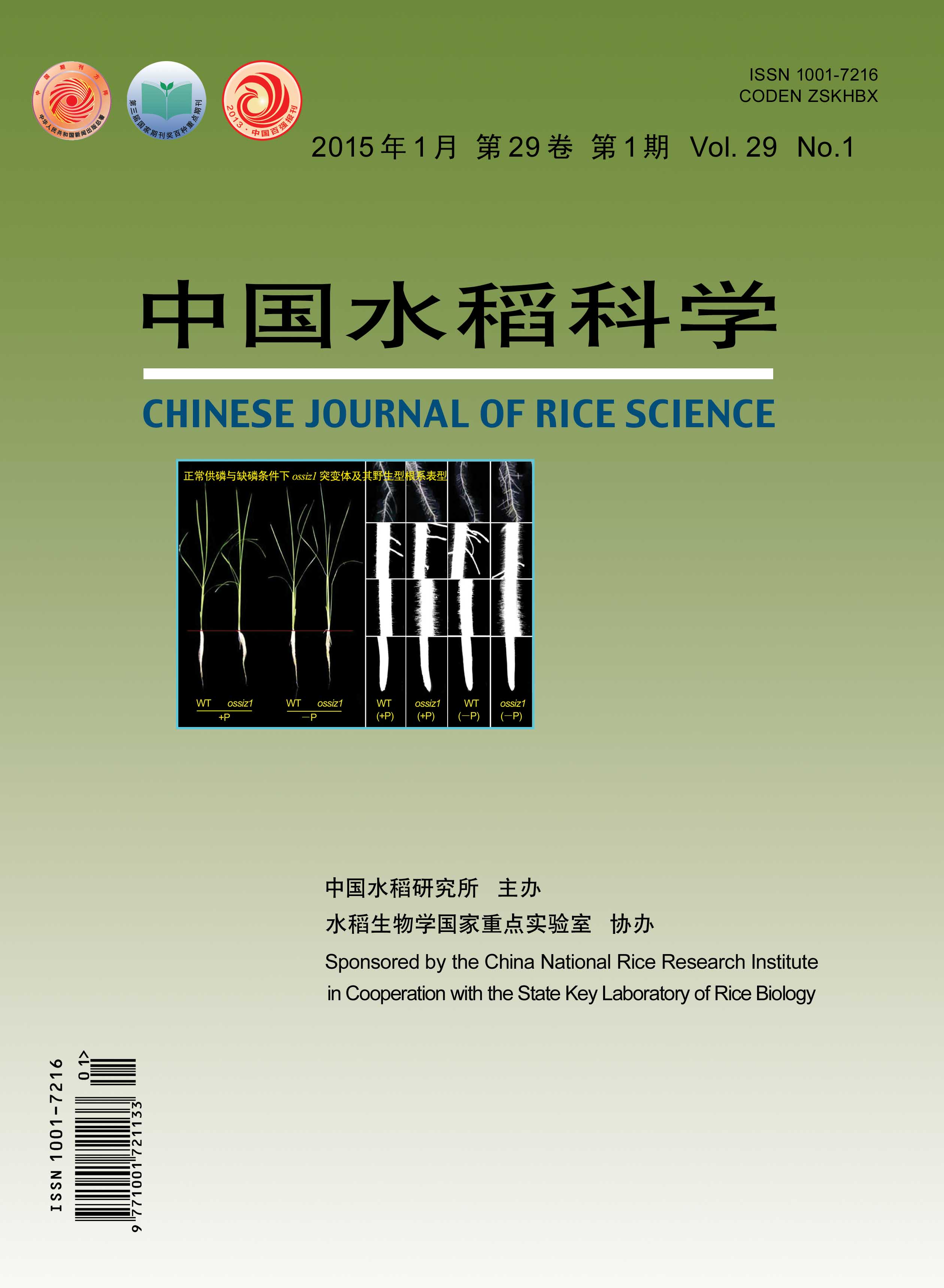The lodging resistance of rice under ordered transplanting (OT), optimized broadcasting (OB) and cast transplanting (CT) was compared with that under mechanical transplanting (MT) based on culm breaking resistance, culm diameter, internodes length, culm wall thickness, dry weight, etc by using super rice wuyunjing 24 and nanjing 44. The results are as follows: 1) The lodging resistance significantly differed under different transplanting patterns. The breaking force (BF), bending moment (BM) and lodging resistance among different transplanting treatments were OT>OB>CT, MT. There were no significant differences in lodging index(LI) of the 1st basal internodes for 3-hole, 2-hole and single-hole seedlings while the lodging resistance of 2-hole and 3-hole rice was higher than that of single-hole rice for the 2nd, 3rd, 4th basal internodes. 2) Ordered transplanting and optimized broadcasting resulted in slightly lower ratio of gravity center height to plant height, heavier dry weight of leaf and sheath and single panicle weight, especially for 2-hole and 3-hole cultivated rice. And culm diameter, culm wall thickness, dry weight of culm, dry weight per unit internode under different transplanting treatments followed a trend of OB>OT>CT and 2-hole>3-hole>single-hole. While internode length of the basal 2nd, 3rd, 4th internodes showed a trend of OB<OT<CT and 2-hole<3-hole<single-hole. 2-hole and 3-hole ordered transplanting plants have strong lodging resistance with strong stem, short basal internode length, thick culm wall, heavy dry weight per unit internode and big breaking force and it will be a new type of simplified cultivation for high yield and super high yield.

